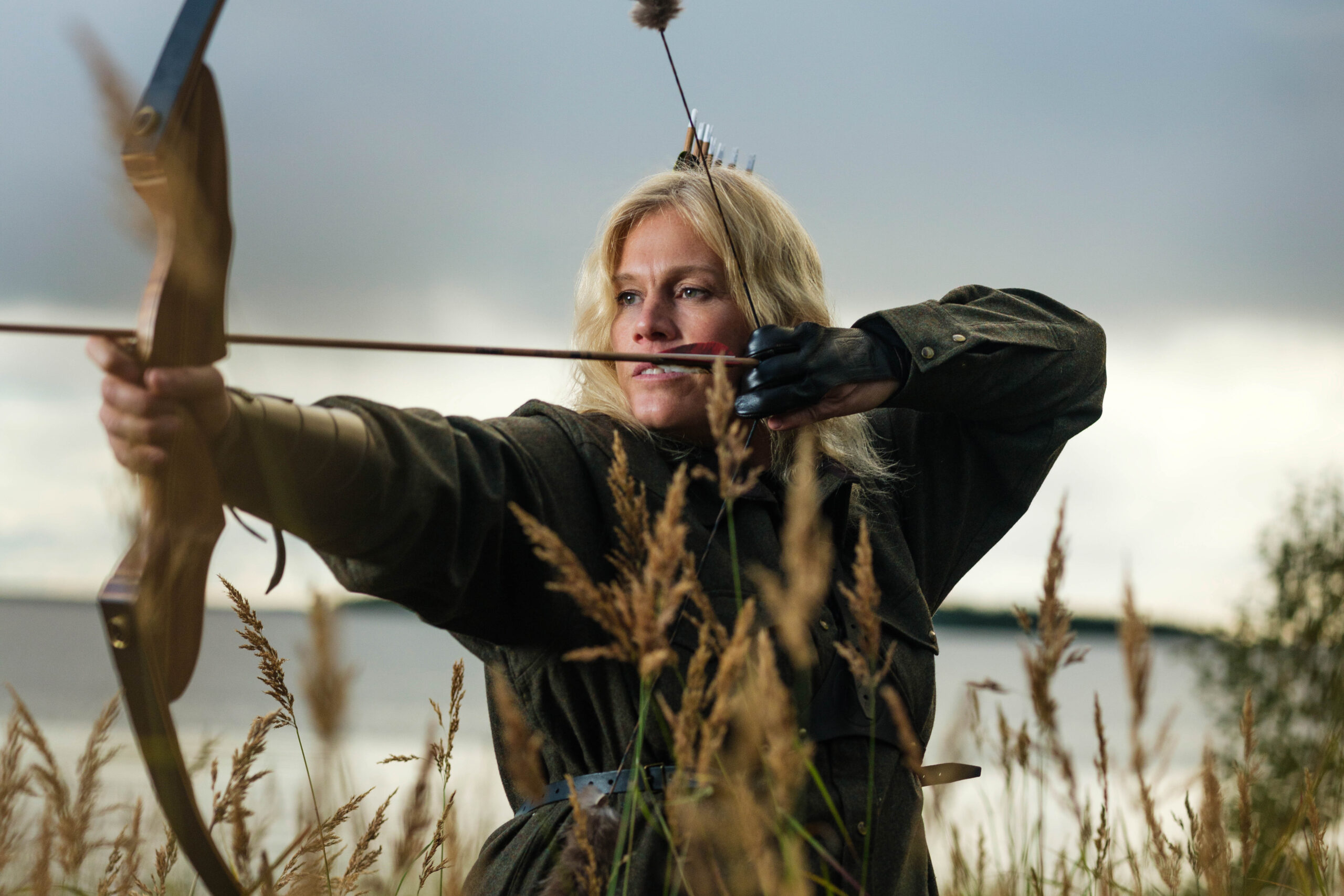According to the History Channel, the current season of “Alone” is the toughest yet. Jodi Rose, a Wyoming-based mom of five and recent contestant on the show, learned the art of bushcraft from her homesteading parents. It’s a story she says goes back generations.
“My parents’ parents crossed the country in wagons and settled in Wyoming, Utah, and Idaho,” Rose said. “They were all homesteaders and they created a life from nothing. When my parents got married, they started a homestead and built everything from scratch, including a two-room cabin and everything in it.”
I spoke with Rose about the tools she chose to help her secure shelter, find food and water, and protect herself.
A Lifestyle Fit for ‘Alone’
Growing up in the log home her parents built, Rose was her father’s sidekick. A “self-made man,” Blaine Journal Sanderson always worked for himself. He was an outfitter, guide, and fence contractor. He also built and maintained open-range cattle fences as part of a contract with the government.
“I would ride with him into the mountains for four or five months at a time. Many of my childhood memories are from living in tents in cow camps, and living off the land on whatever my dad could provide,” she said. “My playground was the trees and the mountains of Wyoming’s Wind Rivers.”
According to Rose, when you’re that many miles deep in the mountains, you have to adapt and do with what you have, and you have to make what you need. That, she believes, is what gave her an edge on “Alone.” But her outdoor experiences with her father weren’t her only advantage. Her ingenuity, she says, she owes to her mom.
“She was very creative with a knife, axe, and saw. Growing up, we had all the comforts of home and more because we made it,” she said.

Prioritizing Gear Choices
“I knew going into this that having the right tools meant winning or losing, surviving or not,” Rose admitted. “I also know that problem-solving, mental preparedness, and adaptability were going to give me an edge.”
In choosing gear to bring on the show, Rose says her top priority was being warm and well-sheltered. “If I can’t stay warm and keep myself sheltered, I can’t stay,” she said. “If I’m freezing, I can’t last there a day.” Securing food, she said, was number two.
For Rose, one of the most important things when it comes to survival in the wilderness — not just for a TV show, but in life — is being comfortable and calm (not stressed out). This sets you up to thrive, not just to survive.
Looking back on Season 10 of “Alone,” Rose said she’s content with her choices and would bring the same tools she chose to survive in the wilderness, no matter the location.
“I chose the tools I brought with the thought in mind that they would help me thrive and live indefinitely in the woods of Northern Saskatchewan. I was making a home. My tools were an extension of me. I couldn’t have done anything I did out there without them.”
Gear to Survive on ‘Alone’: Jodi Rose
Silky KatanaBoy 650

Estwing Axe

Bayite 6″ Ferro Rod

Snare Wire: 20 Gauge

40-lb. Recurve Bow

Wiggy’s Antarctic Mummy-Style Sleeping Bag

550 Paracord in Various Colors
Solo Stove Pot 1800

Fish Hooks of Different Sizes and Line
Leatherman Supertool 300












